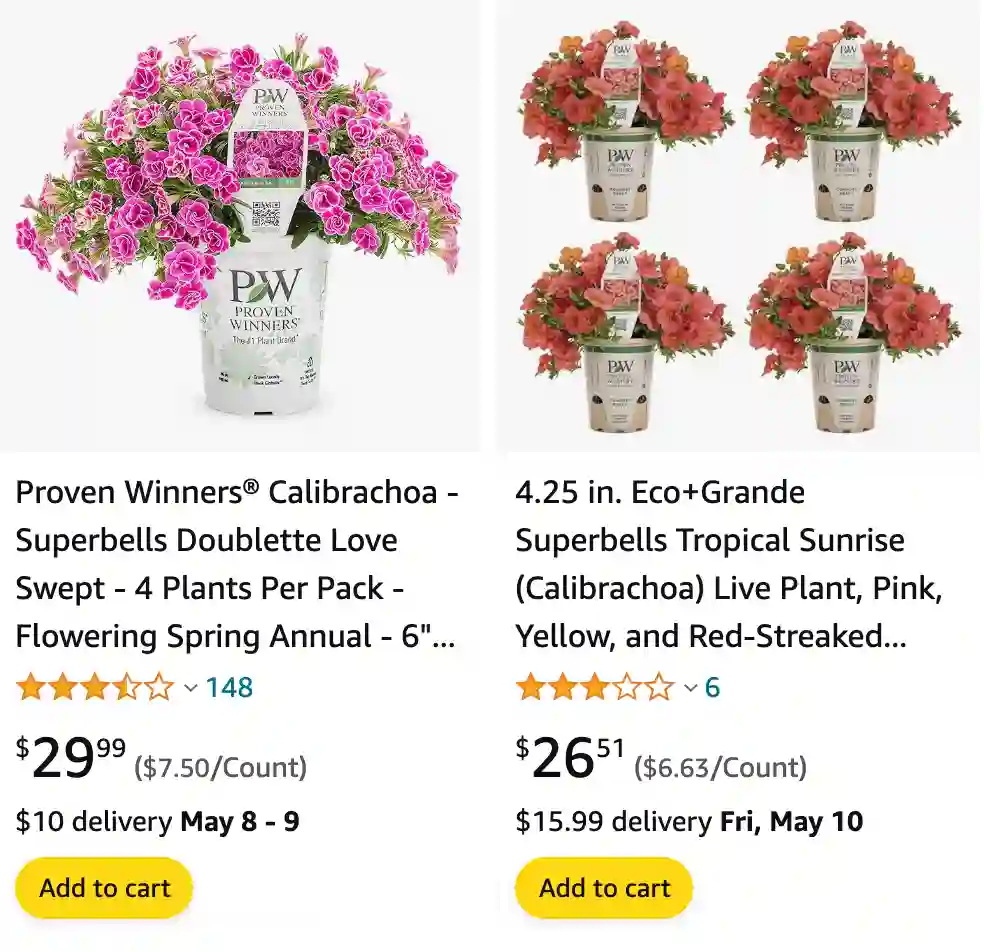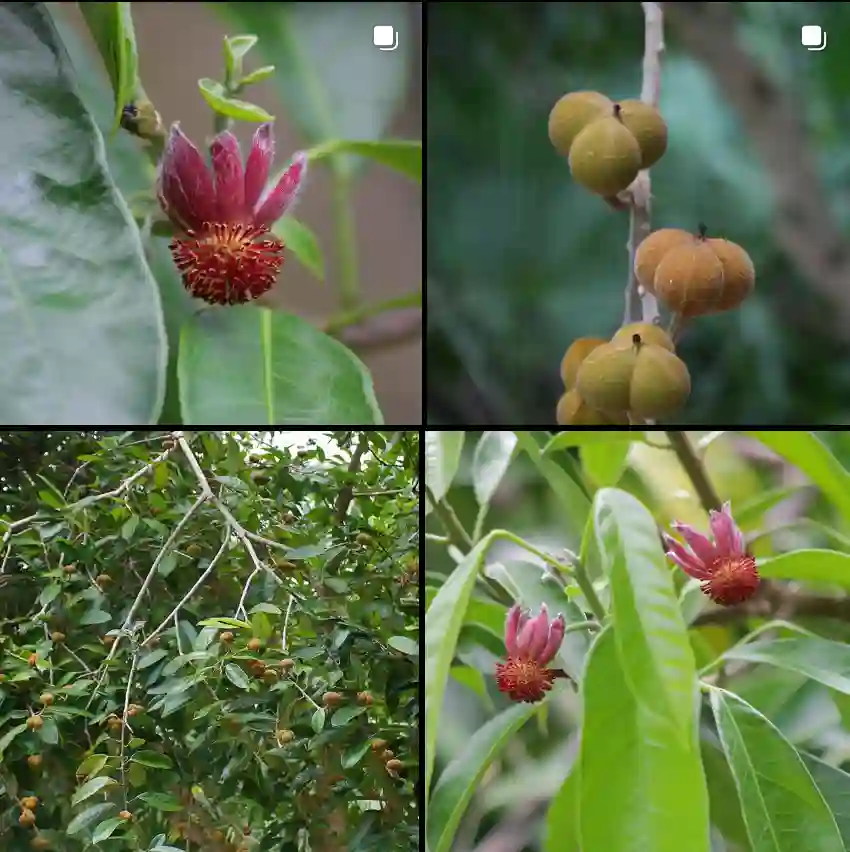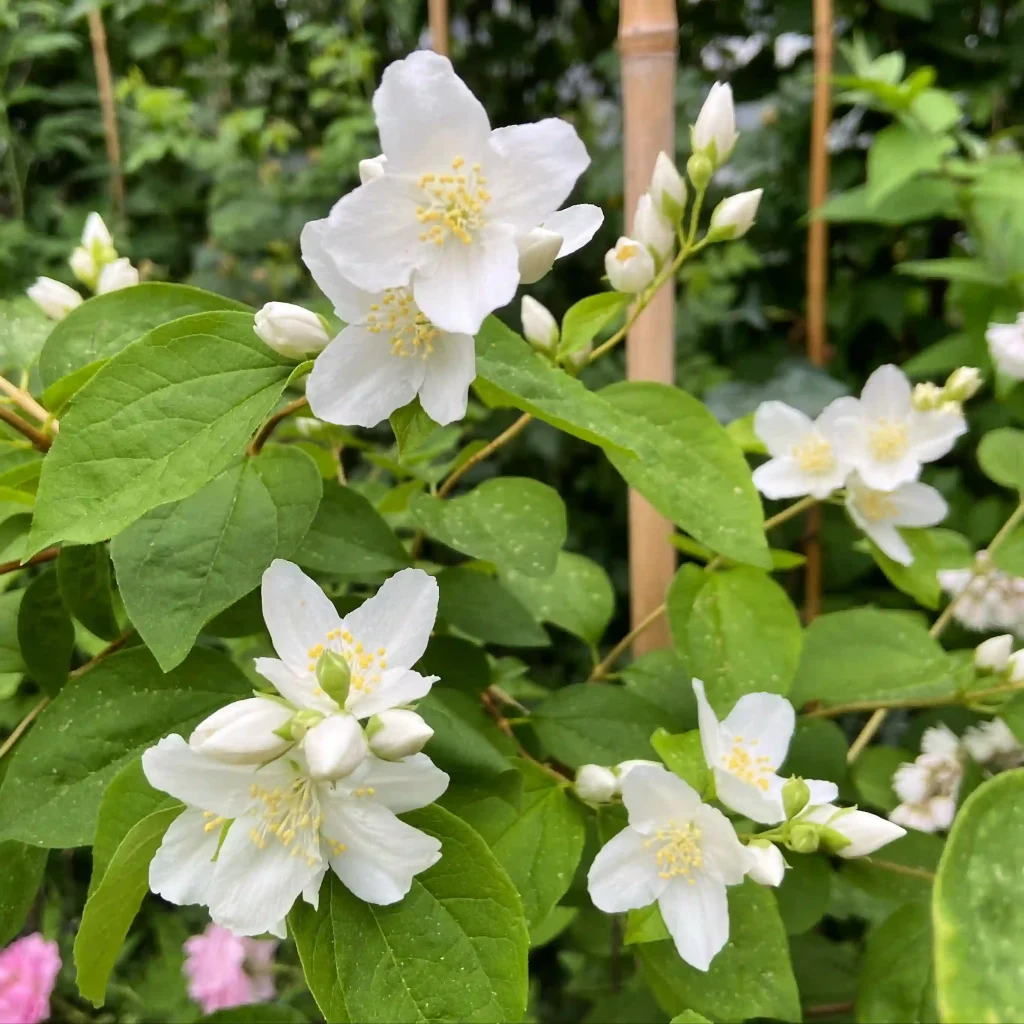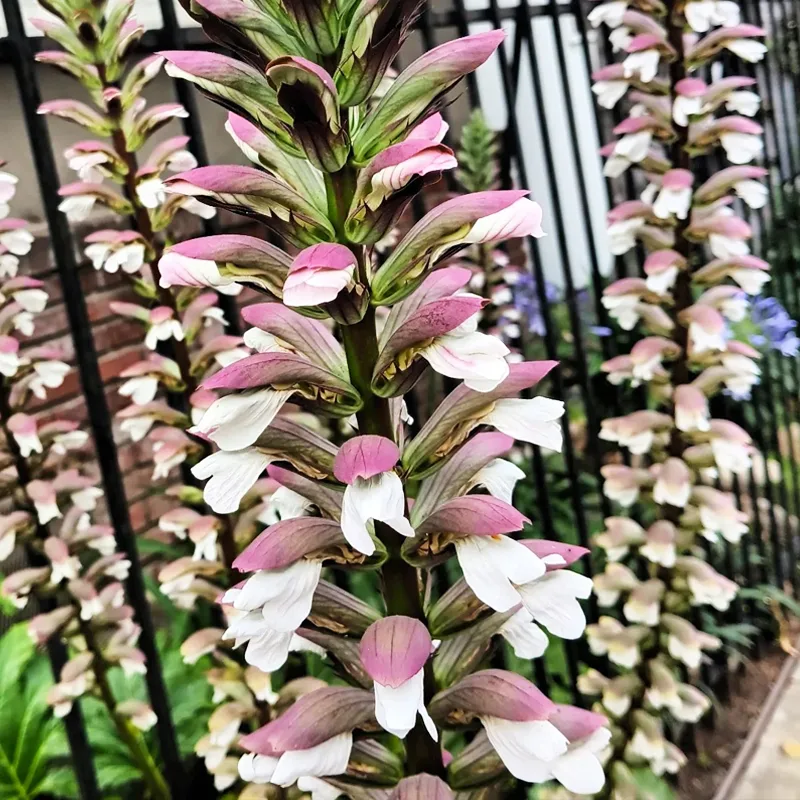
My Love Affair with Calibrachoa
I, Ferb Vu, have always been drawn to the vibrant and cheerful nature of Calibrachoa, more affectionately known as “Million Bells”. These petite flowering plants, with their cascading blooms and riot of colors, have captivated me from the moment I first laid eyes on them. They remind me of miniature petunias, but with an added touch of whimsy and a knack for spilling over the edges of containers, creating a waterfall of color.
A Closer Look at Calibrachoa
Calibrachoa is a genus of plants belonging to the Solanaceae family, which also includes tomatoes, potatoes, and peppers. Native to South America, these plants thrive in warm climates and are often found gracing gardens and balconies with their vibrant presence. They are typically characterized by their small, funnel-shaped flowers that come in a spectrum of hues, from soft pastels to bold, saturated shades.
What truly sets Calibrachoa apart is its prolific blooming habit. As the common name “Million Bells” suggests, these plants produce a profusion of flowers that blanket the foliage, creating a dazzling display of color. This, coupled with their trailing growth habit, makes them ideal for hanging baskets, window boxes, and container gardens.
Diving Deep into Diversity: Calibrachoa Species
While the hybrid cultivars available in nurseries today offer a stunning array of colors and patterns, it’s fascinating to explore the diversity within the Calibrachoa genus. Here are:
- Calibrachoa parviflora: This species is known for its small, delicate flowers and is often found in its native habitat of Brazil and Uruguay.
- Calibrachoa pygmaea: As the name suggests, this species is known for its compact size and petite flowers, making it perfect for small spaces.
- Calibrachoa rupestris: This species is a rock-dwelling variety, showcasing its resilience and adaptability.
- Calibrachoa atropurpurea Stehmann & Semir
- Calibrachoa caesia (Sendtn.) Wijsman
- Calibrachoa calycina (Sendtn.) Wijsman
- Calibrachoa cordifolia Stehmann & L.W.Aguiar
- Calibrachoa dusenii (R.E.Fr.) Stehmann & Semir
- Calibrachoa eglandulata Stehmann & Semir
- Calibrachoa elegans (Miers) Stehmann & Semir
- Calibrachoa ericifolia (R.E.Fr.) Wijsman
- Calibrachoa excellens (R.E.Fr.) Wijsman
- Calibrachoa felipponei (Sandwith) Stehmann
- Calibrachoa hassleriana (R.E.Fr.) Wijsman
- Calibrachoa heterophylla (Sendtn.) Wijsman
- Calibrachoa humilis (R.E.Fr.) Stehmann & Semir
- Calibrachoa irgangiana Stehmann
- Calibrachoa linoides (Sendtn.) Wijsman
- Calibrachoa longistyla Stehmann & Greppi
- Calibrachoa micrantha (R.E.Fr.) Stehmann & Semir
- Calibrachoa missionica Stehmann & Semir
- Calibrachoa paranensis (Dusén) Wijsman
- Calibrachoa pubescens (Spreng.) Stehmann
- Calibrachoa regnellii (R.E.Fr.) Wijsman
- Calibrachoa scabridula (C.V.Morton) Stehmann
- Calibrachoa sellowiana (Sendtn.) Wijsman
- Calibrachoa sendtneriana (R.E.Fr.) Stehmann & Semir
- Calibrachoa serrulata (L.B.Sm. & Downs) Stehmann & Semir
- Calibrachoa spathulata (L.B.Sm. & Downs) Stehmann & Semir
- Calibrachoa synanthera Stehmann & G.Mäder
- Calibrachoa thymifolia (A.St.-Hil.) Stehmann & Semir
Do calibrachoa come back every year?
I’ve found that calibrachoa can be quite reliable when it comes to returning each year, especially if they’re grown in the right conditions. In my experience, they tend to thrive in well-drained soil with plenty of sunlight. I’ve had calibrachoa plants that come back stronger and more vibrant year after year, adding a beautiful splash of color to my garden. However, it’s essential to keep in mind that they may not survive harsh winters in certain regions, so providing some protection during colder months can help ensure their longevity. Overall, I’ve had positive experiences with calibrachoa returning annually, but it does require some attention and care to maintain their health and vigor.
Do deer eat calibrachoa?
Deer can be quite selective when it comes to what they munch on, and unfortunately, calibrachoa seem to be on their menu. I’ve had firsthand experience with deer nibbling on my calibrachoa plants, especially when they’re young and tender. It’s frustrating because calibrachoa are such beautiful and vibrant flowers, and seeing them damaged by deer can be disheartening. To deter deer, I’ve tried various methods like using deer repellents or planting deer-resistant species around my calibrachoa. While these strategies can help, they’re not foolproof, and occasional browsing by deer may still occur. So, it’s something to keep in mind if deer are prevalent in your area and you’re considering planting calibrachoa in your garden.
Are calibrachoa poisonous to dogs?
As a pet owner, I’ve always been cautious about the plants I choose for my garden, especially when it comes to the safety of my furry friends. From my research and experience, calibrachoa are not typically considered toxic to dogs. However, it’s essential to remember that every dog is different, and some may have sensitivities or allergies to certain plants. While calibrachoa are generally safe, I still take precautions to ensure my dog doesn’t ingest them, just to be on the safe side. I keep an eye on my dog when she’s in the garden and make sure she doesn’t nibble on any plants, including calibrachoa. Overall, I feel comfortable having calibrachoa in my garden knowing that they pose little to no threat to my dog’s health.
How long do calibrachoa last?
Calibrachoa can have a relatively long blooming period, typically lasting from spring through the fall in my experience. However, individual flowers on the plant may only last for a few days to a week before they start to fade and drop off. Regular deadheading, which is removing spent flowers, can help prolong the blooming season and encourage new growth. With proper care and maintenance, including regular watering and fertilization, calibrachoa can continue to bloom abundantly for several months, providing continuous color and beauty to my garden throughout the growing season.
Do hummingbirds like calibrachoa?
Hummingbirds absolutely adore calibrachoa, and it’s one of the reasons I love having them in my garden! These vibrant flowers produce nectar that is irresistible to hummingbirds, and I often find these tiny, colorful birds darting around my calibrachoa plants, eagerly sipping nectar from their blossoms. It’s a delightful sight to see these agile creatures hovering and feeding on the delicate flowers, adding an extra layer of joy and life to my garden. Providing a source of food for hummingbirds is important for their health and well-being, and calibrachoa certainly does the trick in attracting these lovely visitors to my outdoor space.
How to care for calibrachoa?
Caring for calibrachoa is relatively straightforward, but it does require some attention to ensure they thrive and bloom abundantly. Firstly, they prefer well-drained soil, so planting them in pots or containers with good drainage holes or in well-drained garden beds is essential. Calibrachoa also love sunlight, so placing them in a spot where they can receive at least 6 hours of sunlight per day is ideal. When it comes to watering, it’s important to keep the soil consistently moist but not waterlogged. I usually water my calibrachoa regularly, especially during hot, dry weather, and make sure to allow the soil to dry out slightly between waterings to prevent root rot. Additionally, regular deadheading of spent flowers helps promote continuous blooming throughout the season. Finally, feeding them with a balanced fertilizer every couple of weeks can help ensure they have the nutrients they need to thrive. With these care tips, calibrachoa can reward you with abundant blooms and vibrant color all season long.
How do you keep a calibrachoa blooming?
Keeping calibrachoa blooming requires a combination of proper care and maintenance. Regular deadheading is crucial to encourage continuous blooming throughout the season. This involves removing spent flowers by pinching or cutting them off at the base of the stem. By doing so, you’re directing the plant’s energy into producing new blooms instead of setting seeds. Additionally, providing adequate sunlight is essential for calibrachoa to thrive and continue blooming. They prefer full sun but can tolerate partial shade, so make sure they receive at least 6 hours of sunlight each day. Consistent watering is also important to keep the soil evenly moist but not waterlogged, especially during hot, dry weather. Lastly, feeding your calibrachoa with a balanced fertilizer every few weeks can help ensure they have the nutrients they need to support continuous blooming. With proper care and attention, your calibrachoa plants can bloom profusely and add vibrant color to your garden all season long.
Is calibrachoa toxic to cats?
Calibrachoa is not typically considered toxic to cats. However, as a responsible pet owner, it’s always essential to monitor your pets around plants and ensure they don’t ingest any potentially harmful parts. While calibrachoa is generally safe for cats, some cats may have sensitivities or allergies to certain plants. If you notice any unusual behavior or symptoms in your cat after they’ve been around calibrachoa, it’s best to consult with a veterinarian for advice. Overall, calibrachoa is a beautiful addition to the garden that can be enjoyed safely around cats with proper supervision.
Where to buy calibrachoa seeds?
Calibrachoa seeds can be purchased from various sources, including local nurseries, garden centers, online retailers, and seed catalogs. Many garden supply stores carry a selection of flower seeds, including calibrachoa, especially during the spring planting season. If you prefer shopping online, there are numerous websites that specialize in selling seeds and plants, where you can easily find calibrachoa seeds with a quick search. Additionally, seed catalogs from reputable companies offer a wide variety of flower seeds, including different colors and varieties of calibrachoa, allowing you to choose the ones that best suit your garden. Whether you’re shopping locally or online, be sure to select seeds from a reliable source to ensure quality and viability.
Do rabbits eat calibrachoa?
Rabbits can be quite opportunistic when it comes to munching on plants, and unfortunately, calibrachoa is not immune to their appetite. I’ve had personal experiences with rabbits nibbling on my calibrachoa plants, especially when they’re young and tender. It can be frustrating to see these vibrant flowers damaged by rabbits, as calibrachoa adds such beauty to the garden. To protect my calibrachoa from rabbit damage, I’ve employed various strategies such as using physical barriers like fences or netting, applying rabbit repellents, or planting rabbit-resistant species nearby as a distraction. While these methods can help deter rabbits, it’s important to remain vigilant and take proactive measures to safeguard your calibrachoa if rabbits are a concern in your area.
Do you deadhead calibrachoa?
Yes, deadheading calibrachoa is an important part of their care routine to encourage continuous blooming throughout the season. Deadheading involves removing spent flowers by pinching or cutting them off at the base of the stem. By doing so, you redirect the plant’s energy into producing new blooms instead of setting seeds. I make it a regular habit to deadhead my calibrachoa plants, usually once or twice a week, depending on how quickly the flowers fade. It’s a simple task that helps keep the plants looking tidy and encourages them to produce more flowers, ensuring a continuous display of vibrant color in my garden.
How often to water calibrachoa?
Calibrachoa plants prefer consistently moist soil, so it’s essential to water them regularly to keep the soil from drying out completely. Generally, I aim to water my calibrachoa plants when the top inch of soil feels dry to the touch. During hot, dry weather, they may need watering more frequently, possibly every day or every other day, to prevent the soil from drying out too much. However, it’s crucial not to overwater them, as they don’t like soggy conditions, which can lead to root rot. To maintain the right balance, I monitor the soil moisture regularly and adjust my watering schedule accordingly, ensuring that my calibrachoa plants receive the consistent moisture they need to thrive.
Do calibrachoa attract hummingbirds?
Yes, calibrachoa flowers are known to attract hummingbirds with their nectar-rich blossoms. These vibrant flowers produce nectar that is irresistible to hummingbirds, and they often visit calibrachoa plants to feed on the nectar. I’ve personally observed hummingbirds buzzing around my calibrachoa flowers, darting in and out to sip on the sweet nectar. It’s a delightful sight to see these tiny, colorful birds hovering around the flowers, adding an extra layer of beauty and life to my garden. Providing a source of food for hummingbirds, such as calibrachoa, not only benefits these fascinating creatures but also enhances the overall enjoyment of my outdoor space.
Do calibrachoa need full sun?
While calibrachoa prefer full sun, they can tolerate some partial shade, especially in hotter climates. Ideally, they should receive at least 6 hours of sunlight per day to thrive and produce abundant blooms. In my experience, calibrachoa planted in full sun tend to have more prolific flowering and overall healthier growth. However, if you live in an area with intense heat or if your garden doesn’t receive full sun all day, calibrachoa can still grow and bloom well in areas with partial shade. Just be mindful that too much shade may result in reduced flowering and less compact growth. Overall, providing ample sunlight is beneficial for the optimal performance of calibrachoa plants, but they can adapt to various light conditions to some extent.
Why is my calibrachoa dying?
Several factors could contribute to your calibrachoa plants dying. One common reason is overwatering or underwatering. If the soil is consistently waterlogged, it can lead to root rot and ultimately cause the plant to wilt and die. Conversely, if the soil becomes too dry, the plant may not receive enough moisture to sustain itself. Another possible cause could be inadequate sunlight. Calibrachoa plants thrive in full sun or partial shade and may struggle to grow and bloom in areas with insufficient light. Pests and diseases, such as aphids, spider mites, or fungal infections, can also weaken the plant and lead to its decline. Finally, environmental factors like extreme temperatures or poor soil quality can stress the plant and contribute to its demise. To determine the specific cause of your calibrachoa plants dying, it’s essential to assess their growing conditions and address any issues promptly, such as adjusting watering practices, providing adequate sunlight, and addressing pest or disease infestations.
If i die, water my plants!



